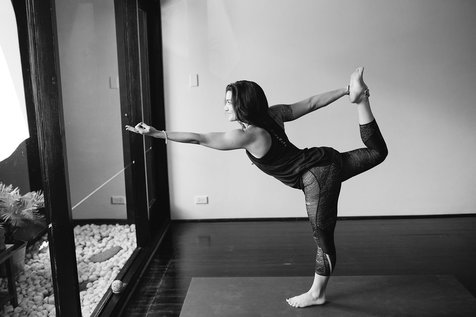|
Our brain and body are linked in a myriad of ways. When you lift that coffee cup to your lips, electrical signals are being sent from your brain to your fingers, and back from your fingers, up the bundle of neurons in your spinal cord, back to the brain. Our nervous system is constantly relating information about the temperature, size, and weight of the cup and its contents, as well as the lips, fingers and tongue, so that you do not drop the cup, miss your mouth or burn your tongue. At a speed that would make Usain Bolt shiver! This subjective sense of where your body parts are relative to each other, is called proprioception.
Different body parts contain more, or less nerves, which relate to the dexterity of movement required, for example the fingers and hands, lips and tongue have a high number of nerve endings in order for us to play the piano, use chopsticks, talk, eat, and all of the other complex movements we do with them. Comparatively, the lower legs, for example, have fewer nerve endings. These nerves communicate with areas of the brain known as the sensory and motor ‘somatosensory map’, located in the parietal lobe, where all of the parts of the body are represented in a ratio consistent with their degree of differentiation. This representation is known as ‘homonculus’, (ho-MUN-q-lus) which means "little man" in Latin. See here for a short video. Practice of yoga asana (postures), with awareness, may allow the brain to make representation of body parts more accurate through repeated intentional movement, strengthening the connection between body and brain. See here for a short balance practice to explore your proprioception. More to come soon on the interaction of proprioception and neuroplasticity... Happy Friday loves! To learn more about the mind-body connection and our services, including workshops for mental health, _yoga_, and research consultancy, please see www.smileinthesky.com
1 Comment
|
Details
Harriet Sciberras
Director and Founder of smile in the sky. Archives
April 2017
Categories |
SMILE IN THE SKY

 RSS Feed
RSS Feed
